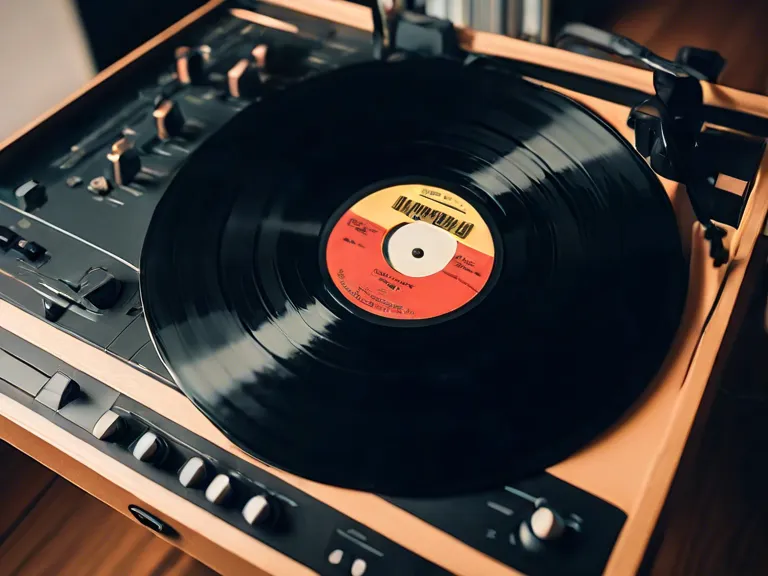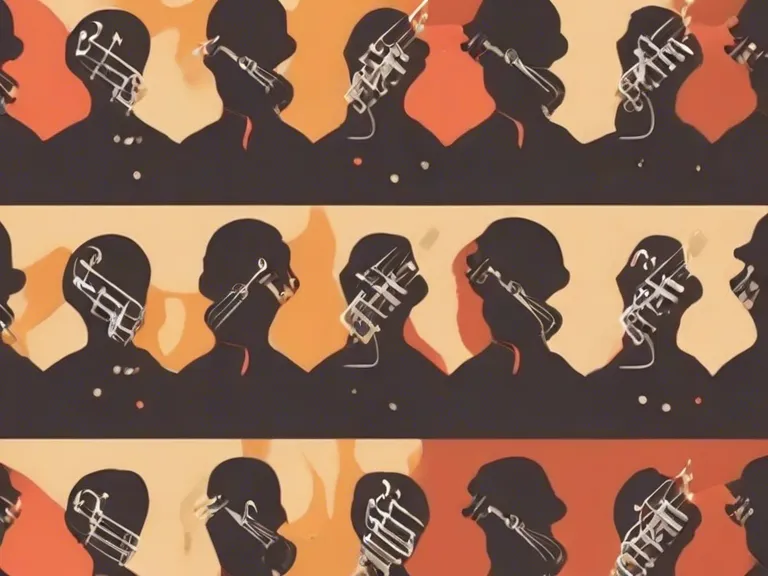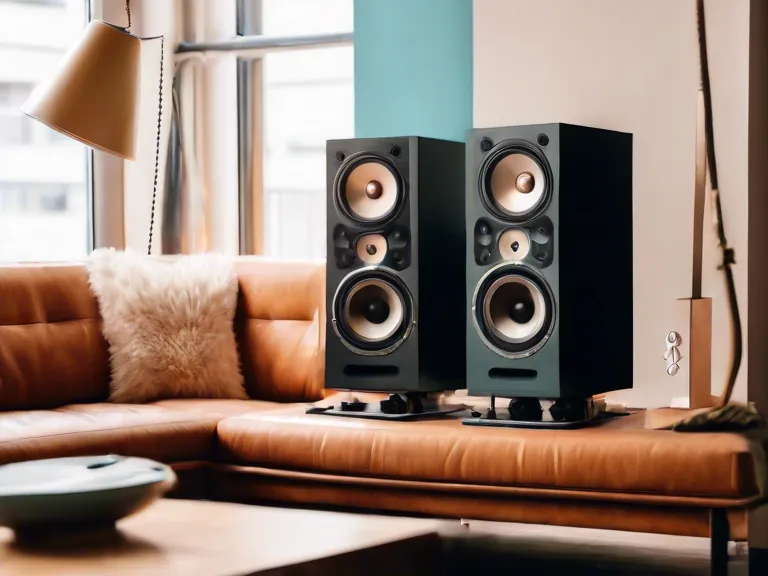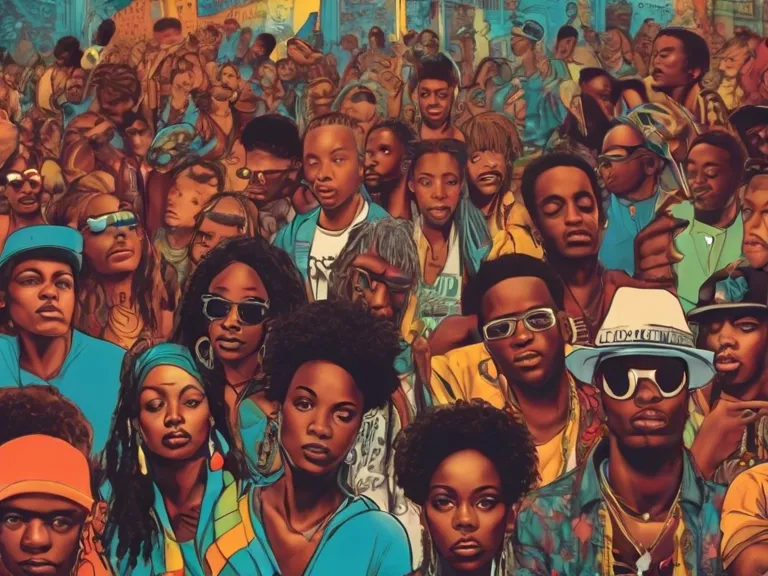
The way people consume music has undergone a significant transformation over the years. From vinyl records to streaming services, the evolution of music consumption habits has shaped the music industry and how we experience and enjoy music. Let's take a closer look at this journey and how technology has played a crucial role in this evolution.
Vinyl records were once the primary method of listening to music, offering a warm and nostalgic sound that many audiophiles still cherish. With the advent of cassette tapes and CDs, music became more portable and accessible. However, these physical formats were soon overshadowed by digital music files as the internet became more widespread. MP3 players and online platforms like iTunes revolutionized how we bought and listened to music, allowing us to create personalized playlists and take our music anywhere.
But perhaps the most significant shift in music consumption habits came with the rise of streaming services. Platforms like Spotify, Apple Music, and Tidal offer millions of songs at our fingertips, changing the way we discover and consume music. With unlimited access to a vast library of artists and genres, listeners can explore new music easily and share their favorite tracks with others. The convenience of streaming has made it the go-to method for many music lovers, leading to a decline in physical album sales and digital downloads.
While streaming has democratized music consumption and provided artists with new opportunities to reach audiences worldwide, it has also raised concerns about fair compensation for musicians. With streaming services paying artists fractions of a penny per stream, many musicians struggle to make a living solely from their music. As technology continues to evolve, the music industry will need to find a balance between accessibility for listeners and fair compensation for creators.
In conclusion, the evolution of music consumption habits from vinyl to streaming has transformed how we experience and enjoy music. While each format has its strengths and limitations, the overarching trend has been towards greater convenience and accessibility. As we embrace new technologies and platforms, it's important to support artists and ensure that they receive fair compensation for their work.


